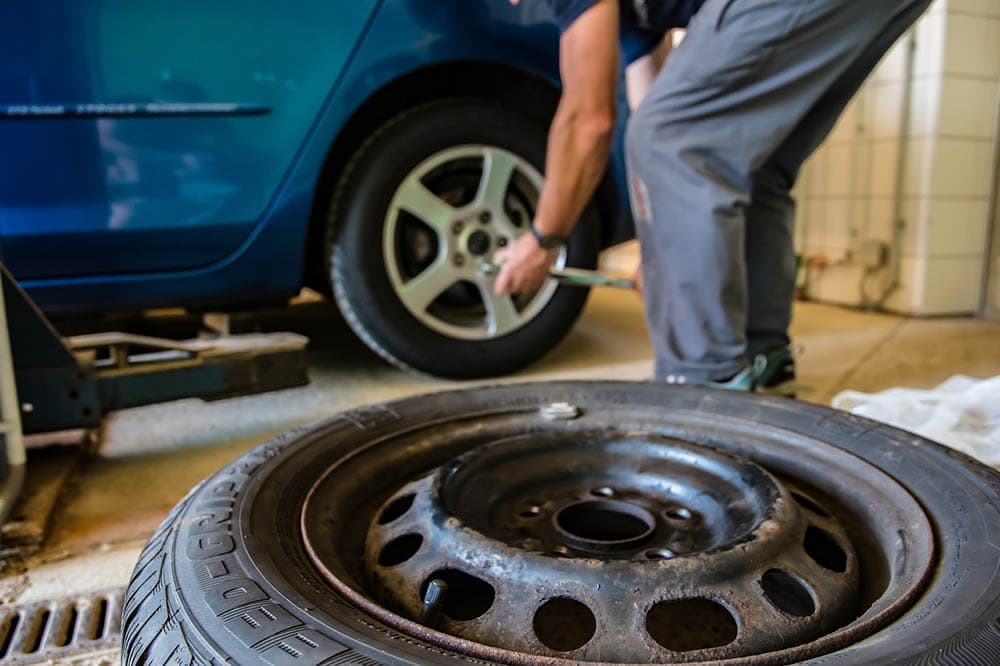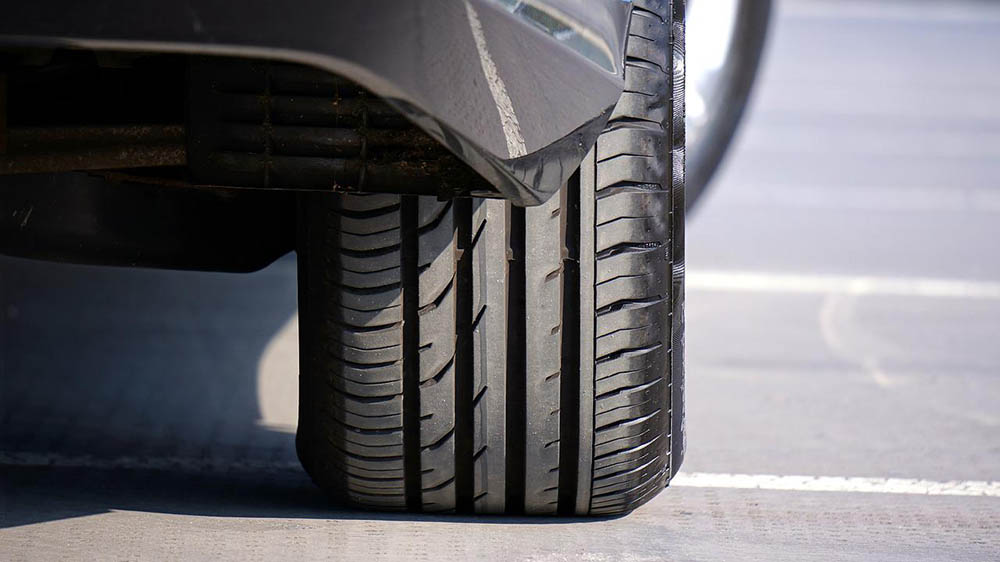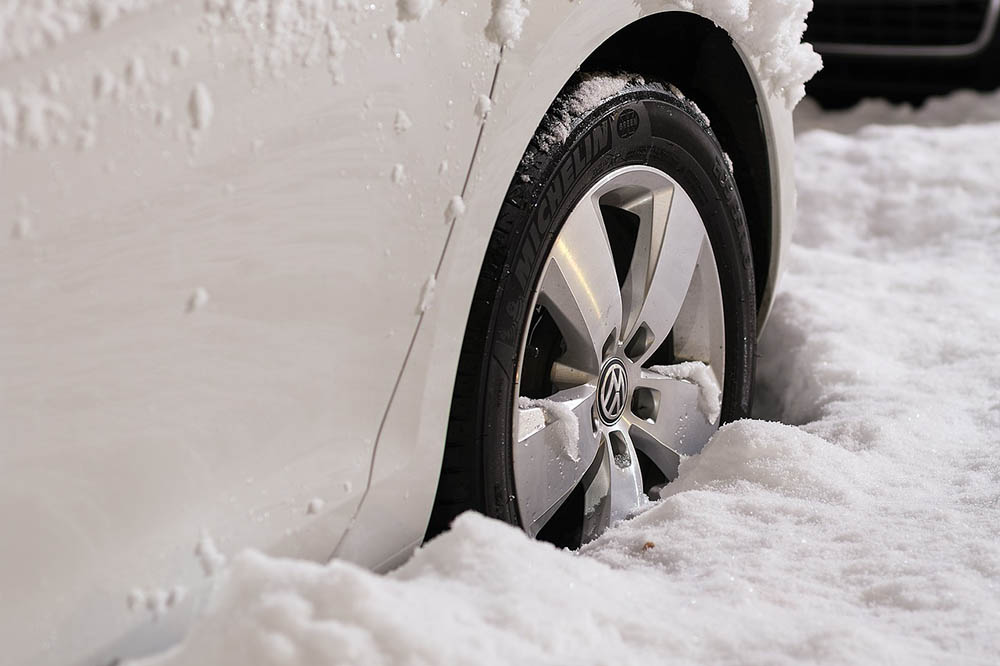When to Replace Tires? Hazards & Tread Concerns
-
Ed Malaker
- Last updated:

If you just purchased your first new car, you likely have many questions about maintaining it properly so it will last for many years. One common question from new car owners is when to replace the tires. The short answer is that you should change them when there isn’t enough tread remaining to keep you safe. Keep reading as we look at how to determine how much life remains in your tires and other factors that might require you to change your tires more often.
When Should I Replace My Tires?
Minimum Tread
You will need to change your tires when they don’t have enough tread remaining to keep you safe. Tires with no tread remaining are called bald tires. To see how much tread is left on a tire, you can use an ordinary penny to test it. Insert the penny headfirst into the grooves, and if the tire covers any part of Abe Lincoln’s head, there is enough tread that you can wait a while before changing it. However, if none of the head is covered, it’s time to get a new tire.

Old Age
Another thing that can cause your tires to be unsafe is old age. Most tires have an expiration date that is usually 6 to 10 years after purchase. Many of the complex compounds and resins in tire materials can break down over time, enabling small cracks to form and dry rot to set in, reducing the tire safety rating and ability to grip the road. If you frequently purchase used tires, it can be easy to find ones that are beyond 6 years old, so you will need to inspect them carefully before putting them on your car.
Change of Season
One reason that people change their tires even when there’s plenty of tread on them is the seasons changing. Winter brings cold weather and in some areas, plenty of snow, which can make driving difficult, especially when using standard tires. Many brands offer all-season radials or snow tires to help you get better traction in snowy weather. Some tires will even have metal studs or chains on them to ensure that the vehicle doesn’t get stuck. However, it’s illegal in many areas to use these tires in warm weather because the metal can tear up the road, so you usually need to go back to standard tires in the spring.

Comfort
Another reason people might change their tires when they don’t necessarily need to is that the tires don’t provide the desired comfort. This problem is most common with noisy tires, which rumble as you drive, especially when they’re new, which makes many people uncomfortable. Many people prefer to switch to another brand instead of waiting for the tires to wear in and quiet down.
Vehicle Performance
Even new tires can have problems that can reduce your safety while driving. For example, your tires may be to blame if you’re not receiving the same traction that you’re used to or if it’s taking you a long time to come to a stop. You should change them immediately in these situations, even if there’s plenty of tread on them, to help eliminate any risk to your safety.
Conclusion
The main reason most people change their tires is that there is not enough tread remaining to pass inspection. Not having enough tread on your tires can make it difficult to stop, especially in an emergency, and it can lead to hydroplaning. If you’re driving in snowy weather, bald tires can make it extremely hard to control the vehicle. The second most common reason people change their tires is that they’re old and dry rotted. This happens frequently with cars that sit a long time in the garage.
Featured Image Credit: HutchRock, Pixabay
Contents

